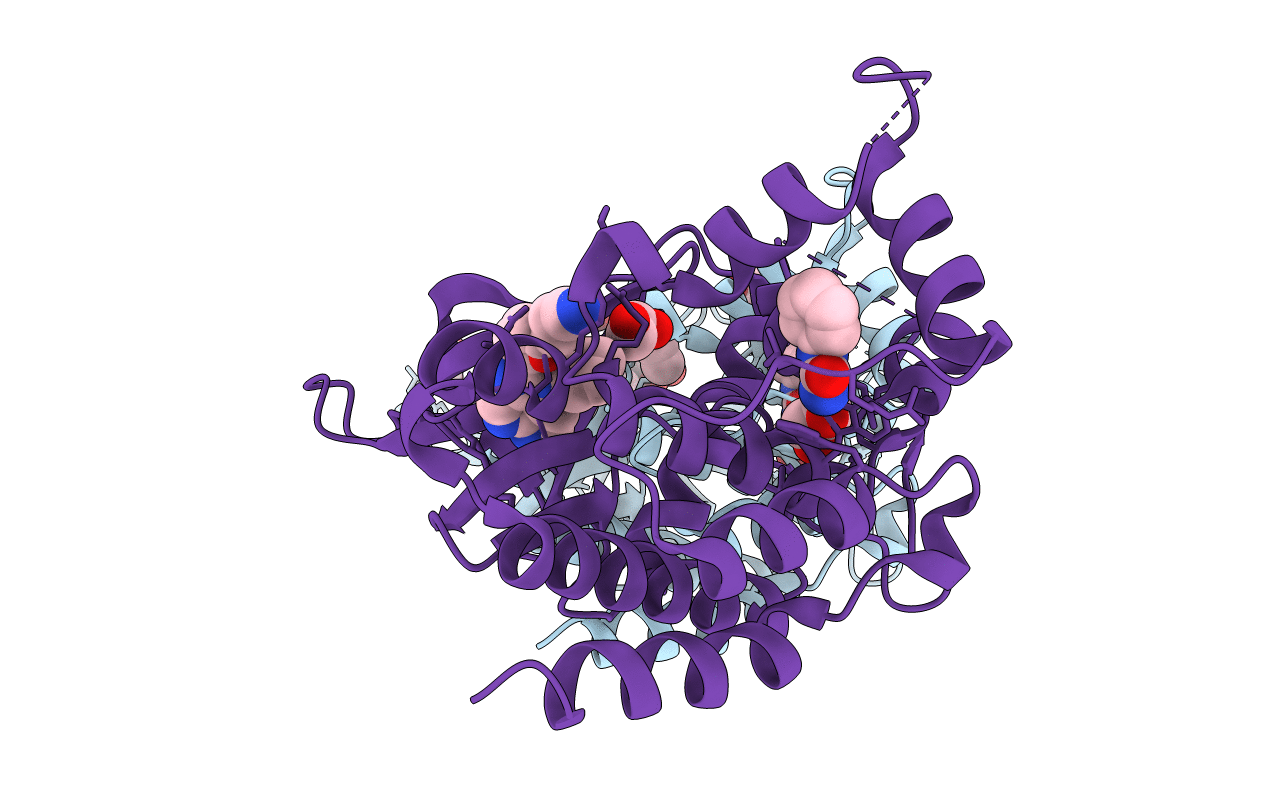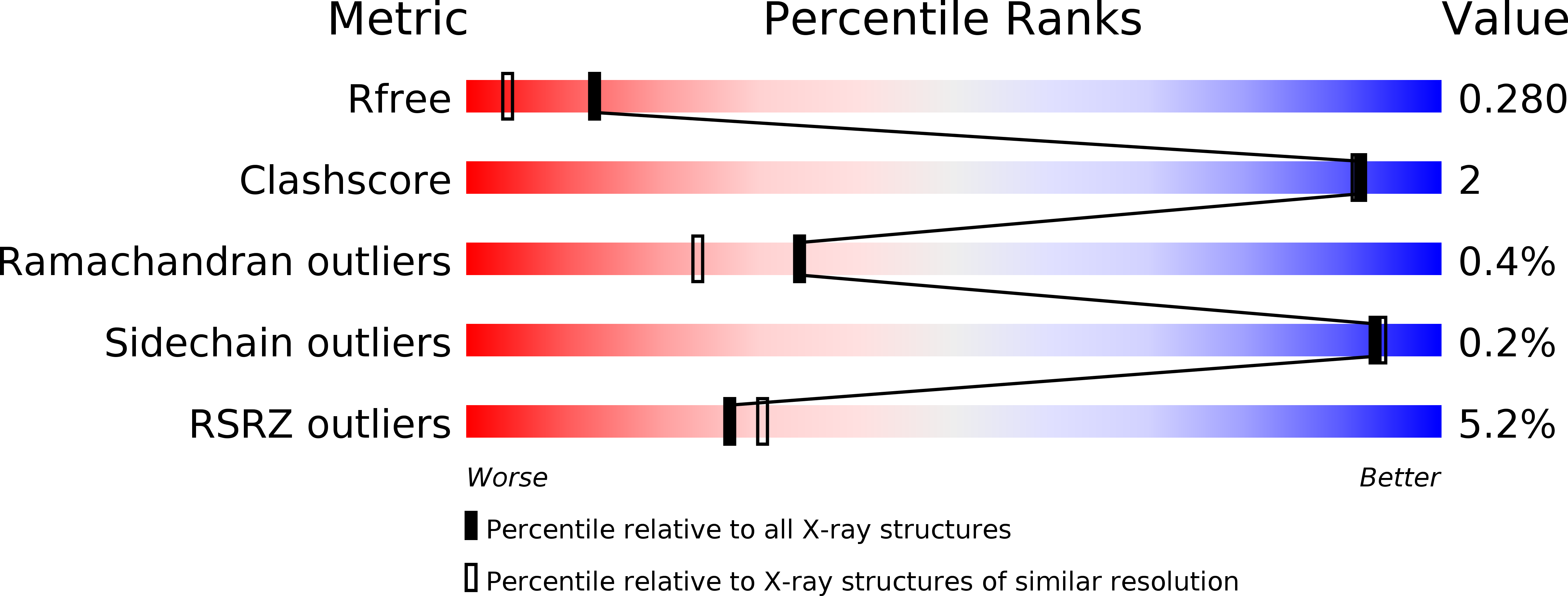
Deposition Date
2018-05-23
Release Date
2018-06-27
Last Version Date
2024-01-17
Entry Detail
PDB ID:
6GLA
Keywords:
Title:
Crystal structure of JAK3 in complex with Compound 11 (FM481)
Biological Source:
Source Organism:
Homo sapiens (Taxon ID: 9606)
Host Organism:
Method Details:
Experimental Method:
Resolution:
1.92 Å
R-Value Free:
0.27
R-Value Work:
0.22
R-Value Observed:
0.22
Space Group:
P 1 21 1


